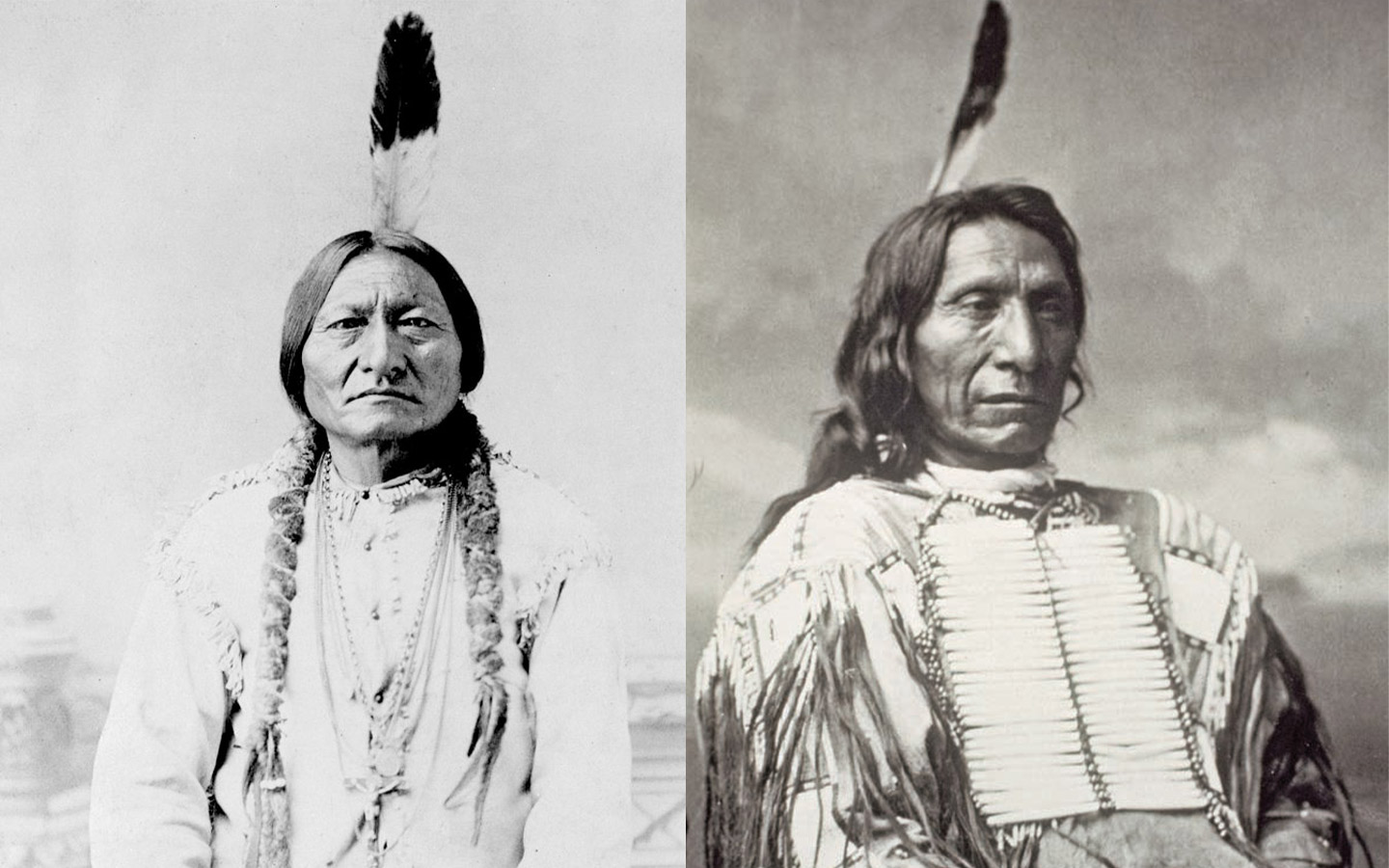The Lakota people, a part of the Sioux Nation, represent one of the most well-known and storied Native American tribes in the history of North America. They originated in the northern midwest of the United States, namely in the states of North Dakota, South Dakota, and Minnesota. The Lakota tribe holds a rich tapestry of culture, arts, and resistance history. In the spirit of uncovering this history, this piece will delve into seven significant facts about the Lakota tribe.
The Sioux Nation and Its Seven Tribes
The Sioux Nation, also known as Oceti Sakowin or Seven Council Fires, is a historical confederacy of seven distinct tribes that originate from the same ethnic group. The term ‘Sioux’ is a collective name given by European settlers and includes three major divisions: Dakota, Nakota, and Lakota. The divisions essentially represent linguistic variations within the Sioux Nation.
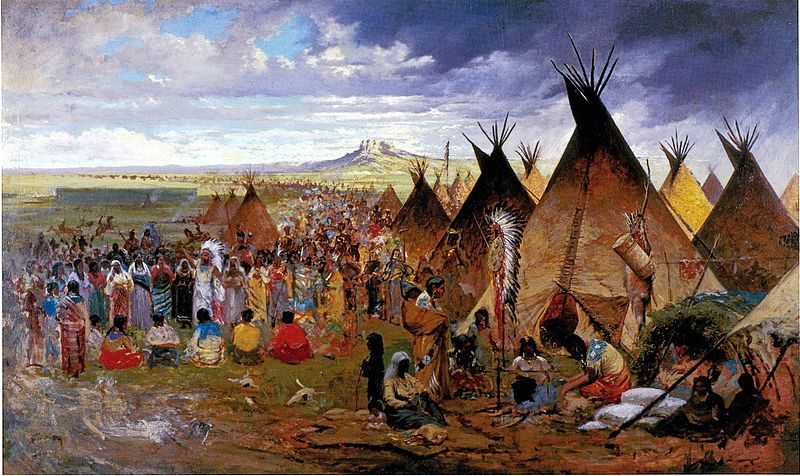
The seven tribes are Mdewakanton, Wahpekute, Wahpeton, Sisseton, Yankton, Yanktonai, and the Teton (or Lakota). Each tribe had its specific geographical area and distinct cultural practices. Mdewakanton, Wahpekute, Wahpeton, and Sisseton collectively make up the Dakota. The Yankton and Yanktonai are categorized as Nakota, while the Teton, known as the seven council fires, represent the Lakota. The Teton is further divided into seven sub-tribes including Oglala, Sicangu, Hunkpapa, Miniconjous, Sihasapa, Itazipco, and the Oohenunpa.
Expanding on the cultural uniqueness of each tribe, they possess individual dialects, rituals, and customs. For instance, the Lakota are recognized for their warrior culture and resistance against American encroachment. On the other hand, the Mdewakanton Dakota, who inhabited Minnesota’s woodlands, were known for their farming and harvesting practices. This diversity within unity further enriches the culture and heritage of the Sioux Nation. Despite being under the broader Sioux umbrella, the tribes continue to preserve their unique cultural and linguistic identities, which are an essential part of their legacy.
The Lakota Language
The Lakota language is part of the Sioux linguistic family that includes Dakota, Nakota, and Lakota dialects. It is a rich and complex language with its syntax, morphology, and phonetics. While the language shares similarities with Dakota and Nakota, the differences in pronunciation, vocabulary, and grammar mark them as separate but closely related languages.
Historically, the Lakota language was not a written language. The transmission of knowledge, stories, and cultural values was through oral traditions, making the language a vital part of their cultural identity. The language encapsulates the worldview of the Lakota people and plays a critical role in their rituals and ceremonies. For instance, prayers and spiritual chants during the Sun Dance and other sacred ceremonies are typically conducted in Lakota.
However, the number of fluent speakers has declined drastically due to the English assimilation policies of the 19th and 20th centuries. The boarding school system, which aimed to assimilate Native Americans into mainstream society, heavily discouraged the use of indigenous languages. This resulted in a loss of language fluency among younger generations.
Despite the challenges, revitalization efforts are currently underway. Schools on reservations have begun to incorporate Lakota language classes into their curriculum. Immersion programs for children and adults alike have been established to teach and promote fluency in the language. Moreover, technology plays a role in language preservation with the development of Lakota language learning apps and online resources. These endeavors aim not only to restore the Lakota language but also to reaffirm cultural identity among the Lakota people.
Difference Between Lakota and Sioux
While the terms Lakota and Sioux are often used interchangeably, they hold different meanings and historical contexts. The Sioux Nation is a broad term that refers to the confederacy of tribes that share similar cultures and languages but are divided into three major dialect groups: Dakota, Nakota, and Lakota.
The term “Sioux” was a label given by French traders and is derived from a Chippewa word, “Nadouessioux,” meaning “little snake” or “enemy.” The tribes themselves did not use this term but referred to themselves collectively as Oceti Sakowin, meaning “Seven Council Fires.” The Oceti Sakowin represents the seven tribes of the Sioux Nation, including the Lakota.
The Lakota people represent the westernmost division of the Sioux Nation and consist of seven sub-tribes: Oglala, Sicangu, Hunkpapa, Miniconjous, Sihasapa, Itazipco, and Oohenunpa. They were traditionally known as the Teton Sioux and have been the most populous and historically active tribe within the Sioux Nation.
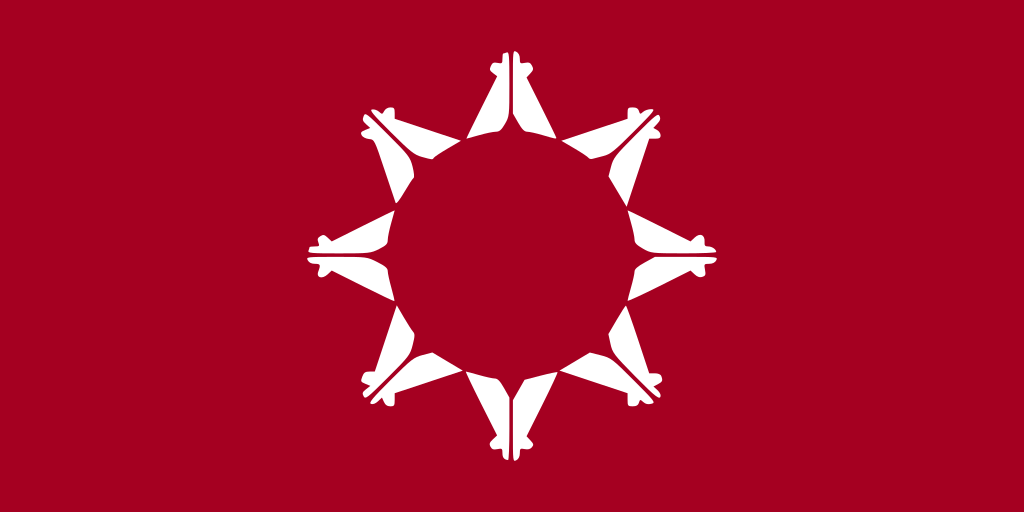
The terms “Sioux” and “Dakota” are often mistakenly used interchangeably. However, Dakota refers to a specific division within the Sioux Nation, encompassing four tribes: Mdewakanton, Wahpekute, Wahpeton, and Sisseton. Dakota means “friend” or “ally” in their language, further emphasizing the differences in names assigned by external entities versus self-designation.
Over time, many members of these tribes have rejected the term Sioux due to its derogatory origins and prefer to be recognized by their specific tribal affiliations such as Lakota, Dakota, or Nakota. Understanding the difference between these terms not only provides clarity but also respects the distinct identities of these tribal groups.
The Lakota Culture
Lakota culture is deeply rooted in spiritual beliefs, valuing a strong connection to the land and nature. The spiritual practices revolve around Wakan Tanka, the Great Spirit, who encompasses all aspects of the universe. This profound connection to the natural world is evident in their cosmology, where every creature and natural element holds a spirit, thus deserving respect and reverence.
The Lakota culture is also characterized by the importance of the circle or hoop, symbolizing unity, equality, and the cyclical nature of life. The sacredness of the circle is reflected in their social structures, dwellings like the tipi, and religious ceremonies, such as the Sun Dance. The Sun Dance, a significant religious ceremony, is practiced annually to honor Wakan Tanka and ensure the community’s wellbeing. It involves intricate rituals and personal sacrifices, signifying the Lakota’s commitment to their spiritual beliefs.
Kinship and community bonds play a vital role in Lakota culture. The concept of ‘Tiyospaye’ reflects the importance of extended family and community networks in their social organization. It was these bonds that facilitated cooperation in hunting, defense, and sharing resources within the tribe.
Additionally, the value of generosity is integral to Lakota culture. It is seen as a mark of a good character and is often demonstrated through ‘give-away’ ceremonies where possessions are given to others as a form of social wealth distribution. In essence, the more one gives away, the higher the social prestige.
The Lakota have a rich oral tradition, with elders passing down stories, historical events, and moral lessons to younger generations. These narratives not only preserve their cultural heritage but also teach the values of bravery, respect, wisdom, and fortitude to the younger generation. Despite historical hardships, the Lakota people continue to preserve their cultural practices, ensuring their cultural legacy lives on.
Lakota Arts
Lakota arts serve as a medium for preserving history, expressing beliefs, and telling stories. They showcase an impressive array of skills, including beadwork, quillwork, carving, and painting.
Beadwork and quillwork are two of the most prominent art forms in the Lakota tribe. They are applied on a wide array of items such as clothing, moccasins, pouches, and weapons. These designs often tell stories or represent spiritual beliefs. Quillwork, one of the oldest Native American art forms, involves the use of porcupine quills in intricate patterns and vibrant colors. With the introduction of European glass beads, beadwork became popular, and it continues to be a widely practiced art form.
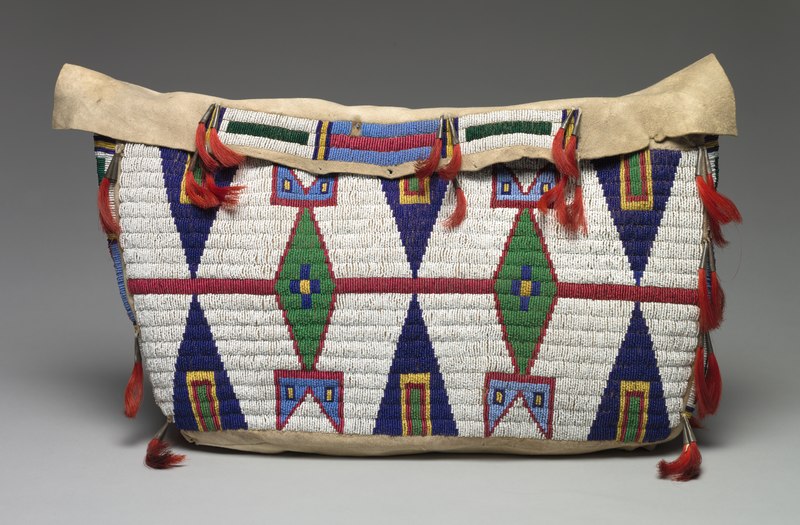
Carvings, another vital aspect of Lakota art, are often created from bone, wood, or stone. These carvings can take the form of figures, utensils, or decorative items. Each piece of carving is distinct, reflecting the personal style of the artist and often serving a particular purpose or telling a specific story.
In addition, the Lakota are known for their painted hides, which were historically used to chronicle significant events or battles. These pictorial narratives, often referred to as Winter Counts, recorded the passing years and significant events within the community. This form of storytelling provided a visual history of the Lakota tribe, with each symbol or image representing a particular event or story.

Music and dance are other essential elements of Lakota artistry. Drums, flutes, and vocal songs play a critical role in ceremonies and social gatherings. The dances, such as the Eagle Dance and the Ghost Dance, often tell stories or are part of religious rituals.
Today, Lakota arts continue to evolve, with contemporary artists blending traditional elements with modern mediums and techniques. These artistic expressions serve as a testament to the tribe’s resilience and adaptability, continuing to echo their history, spirituality, and cultural pride.
The Lakota Resistance
The Lakota tribe is renowned for its resilience and resistance against the expansion of the United States into their territories. The tribe’s history is marked by numerous battles and negotiations to protect their homelands and way of life.
One of the most famous episodes of Lakota resistance is the Battle of Little Bighorn in 1876, also known as “Custer’s Last Stand.” A coalition of Lakota, Northern Cheyenne, and Arapaho warriors led by Lakota chiefs Sitting Bull and Crazy Horse, fought against the 7th Cavalry of the United States Army. The Native American forces won a significant victory, demonstrating their determination to protect their lands and sovereignty.
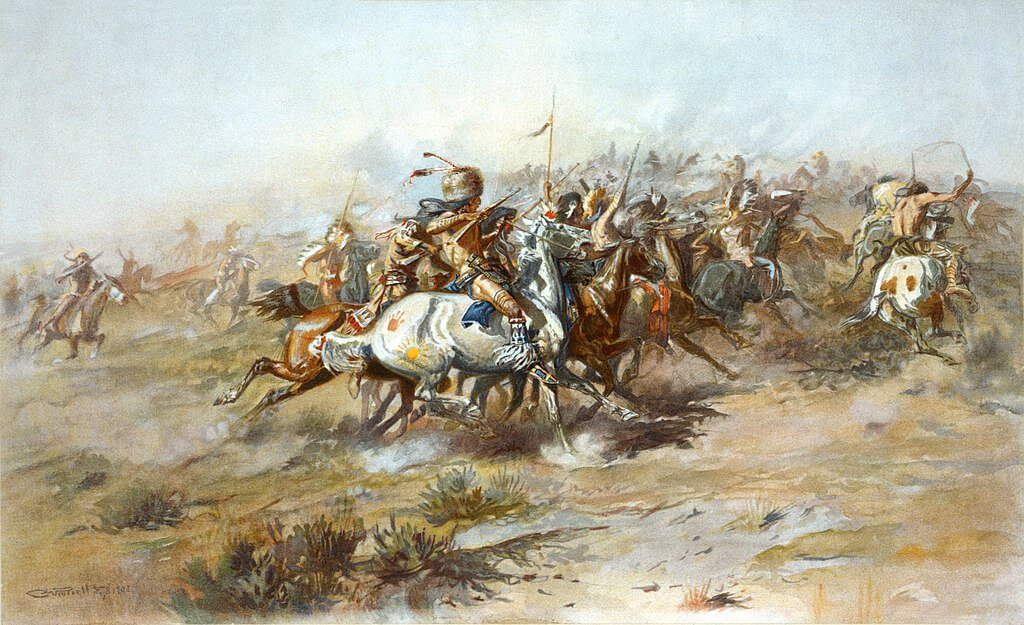
However, the victory at Little Bighorn eventually led to intensified efforts by the U.S. government to subjugate the Lakota. This led to events such as the confiscation of the Black Hills, a sacred site for the Lakota, and the tragic massacre at Wounded Knee in 1890, where U.S. soldiers killed hundreds of Lakota people, marking the end of the Indian Wars.
The spirit of resistance continues in modern times, with the Lakota people advocating for their rights and sovereignty. In recent years, the Lakota have been involved in numerous legal disputes over land rights, particularly regarding the Black Hills. Protests against pipeline projects like the Dakota Access Pipeline at Standing Rock Reservation highlighted the ongoing struggle of the Lakota people against encroachments on their lands and rights.
Furthermore, efforts to preserve Lakota culture, language, and traditions in the face of past and ongoing assimilation policies represent another form of resistance. These actions aim to ensure the survival and continuation of their cultural heritage for future generations. Despite enduring hardships, the Lakota people continue to assert their identity and rights, embodying the enduring spirit of resistance.
Famous Lakota Chiefs
Several Lakota leaders have made significant impacts throughout history, demonstrating exceptional leadership, bravery, and commitment to their people. Three of the most prominent Lakota chiefs are Sitting Bull, Red Cloud, and Crazy Horse.
Sitting Bull (1831-1890) is one of the most famous Lakota chiefs, well-known for his leadership during the Battle of Little Bighorn. His defiance and resistance against U.S. government policies have made him a symbol of indigenous resistance across America. Despite his warrior status, Sitting Bull was also respected as a spiritual leader. His visions and spiritual guidance were considered instrumental in the victory against General Custer at the Battle of Little Bighorn.
Red Cloud (1822-1909) was another influential Lakota chief, recognized for his leadership and diplomatic skills. He played a crucial role in leading resistance against U.S. military campaigns through what became known as Red Cloud’s War (1866-1868). The outcome was the Treaty of Fort Laramie in 1868, in which the U.S. government recognized the Black Hills as part of the Great Sioux Reservation, set aside for exclusive use by the Sioux people. Red Cloud continued to advocate for the rights of his people even in his later years, negotiating with government officials and speaking out against injustices.
Crazy Horse (circa 1840-1877), a member of the Oglala band of the Lakota Sioux, was a significant figure in the resistance against the encroachment of U.S. government forces on Sioux lands. He is best known for his role as a leader in the Battle of the Little Bighorn in 1876, where he fought alongside Sitting Bull. Crazy Horse is remembered as a fearless warrior and a strong leader who remained steadfast in his commitment to preserving his people’s way of life, even in the face of formidable challenges.
All three chiefs, Sitting Bull, Red Cloud, and Crazy Horse, demonstrated exceptional leadership in challenging times. Their legacies continue to inspire the Lakota people and others around the world. They stand as potent symbols of resistance and resilience, embodying the Lakota spirit and commitment to protecting their people’s rights and way of life.
The Lakota Today
In the present day, the Lakota continue to preserve and practice their rich cultural traditions while also navigating contemporary societal and political challenges. The tribe currently resides primarily in five reservations in South Dakota: Standing Rock, Cheyenne River, Lower Brule, Rosebud, and Pine Ridge. These reservations, although rich in cultural heritage, grapple with issues such as poverty, unemployment, and health disparities.
Despite these socio-economic challenges, the Lakota people have shown remarkable resilience and a commitment to improving their communities. Efforts are being made to address these issues through various initiatives aimed at economic development, healthcare improvement, and education. For instance, tribal colleges, such as Oglala Lakota College and Sinte Gleska University, provide higher education opportunities tailored to the needs and cultural context of the community.
Language preservation is a significant aspect of current cultural revival efforts. Many Lakota are working to keep their language alive, creating educational resources and conducting language immersion programs for younger generations. This commitment to language revitalization is a testament to their dedication to sustaining their unique cultural identity.
Contemporary Lakota artists and authors continue to express their heritage through various forms of media, blending traditional themes with modern perspectives. Their work not only contributes to the diversity of American art and literature but also provides valuable insights into Lakota experiences and viewpoints.
Political activism remains strong among the Lakota. Recent protests against projects such as the Keystone XL and Dakota Access pipelines demonstrate the tribe’s ongoing commitment to protect their lands and uphold their rights. These actions highlight the contemporary manifestation of the tribe’s enduring spirit of resistance.
The Lakota today, while acknowledging and embracing their historical past, are continually evolving to adapt to modern society. They embody a blend of tradition and modernity, and their enduring spirit continues to inspire future generations. Despite significant challenges, the Lakota people persist in affirming their culture, rights, and identity.
Additional Resources on the Lakota Tribe
For additional information on the Lakota Tribe, the Akta Lakota Museum & Cultural Center offers a wealth of resources. This museum is dedicated to preserving and promoting the culture and history of the Sioux Nation, with a special emphasis on the Lakota. It provides a rich collection of art, artifacts, and educational materials for those interested in learning more about the Lakota people and their traditions.
Additionally, the National Museum of the American Indian is a valuable resource. This museum is committed to advancing knowledge and understanding of the Native cultures of the Western Hemisphere—past, present, and future—through partnership with Native people and others. It features an extensive collection and offers exhibitions, publications, and educational programs.
By exploring these resources, one can deepen their understanding of the Lakota Tribe, further appreciating the richness of their heritage and the significance of their contributions to history.
Historical Challenge: Can You Conquer the Past?
Answer more than 18 questions correctly, and you will win a copy of History Chronicles Magazine Vol 1! Take our interactive history quiz now and put your knowledge to the test!

